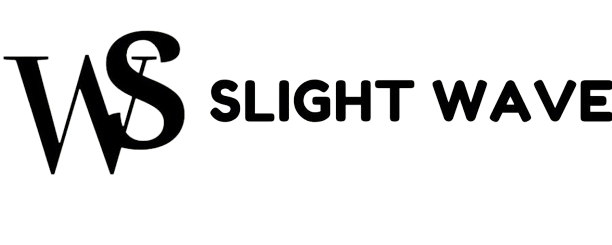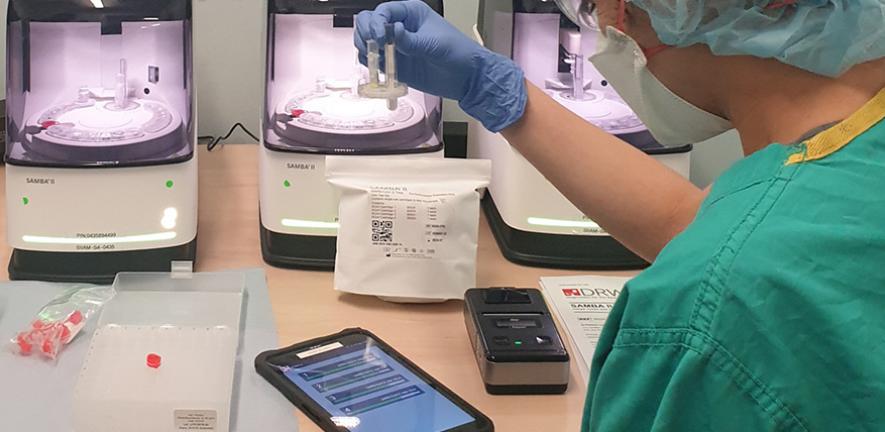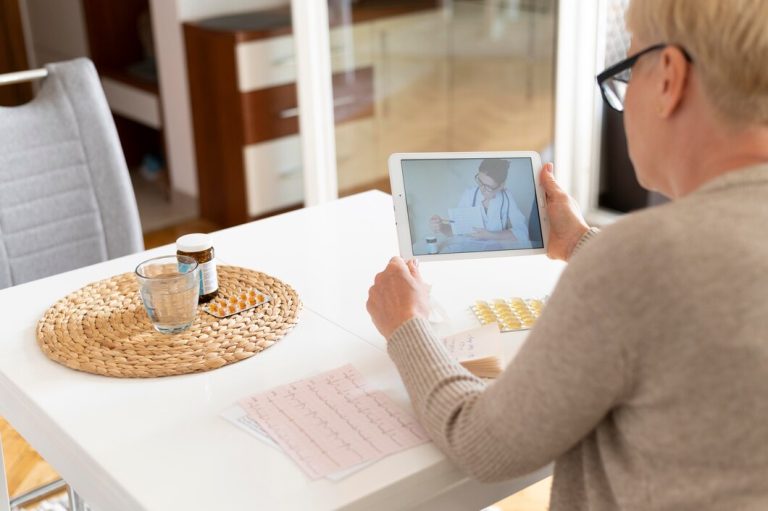Diagnose, Test, Treat: The Urgent Care Trifecta in Modern Healthcare
Urgent care clinics are assuming the center stage of modern healthcare by supplying prompt and handy healthcare facilities for acute but non-lethal conditions. Timely diagnosis and treatment are the basis of urgent care, which is focused on prompt intervention for patients, allowing immediate healthcare delivery while reducing overload in emergency departments. In this article, we will focus on the role examination, medical diagnosis and advanced medical imaging diagnostic tools play in ensuring top-notch caregiving.
The Role of Testing in Confirming Diagnoses
Emergency care departments in hospitals take health diagnosis very seriously as it is the basis of better treatment. In addition to confirming or updating the original diagnosis, diagnostic tests also enable doctors to choose specific medications and procedures that ensure the effectiveness of the treatment. Different assay tracks, starting with urinalysis, hematology, biochemistry, and urine electrophoresis are routinely used to determine the possible cause of the symptoms. The high-tech mechanical processing methods such as 3D printing of surgical instruments and advanced medical imaging solutions occupy key positions in the diagnostic and staging process.
The category of medical imaging solutions that are innovated is very extensive and includes CT scans, MRIs and ultrasound X-rays. These modalities have the unique properties of being able to provide much more detailed pictures of the inside of the human body, thus allowing for the determination of the current state of an organ or tissue with a high level of accuracy.
Advancements in Medical Imaging Solutions
The development of medical imaging is a phenomenon that improves medical application abilities in any urgent situation. Today, medical imaging techniques are getting more advanced. They can show and highlight several aspects of the human anatomy. The combination of anatomical and functional information helps create an image that is accurate enough to quickly recognize and evaluate a wide range of medical conditions.
CT scans operate on an X-ray principle, but instead of taking plain images, cross-sectional imaging of the body is generated, allowing for clear visualization of different body systems. MRI is particularly valuable in providing clear images of soft tissues and neurological disorders.
Benefits of Advanced Medical Imaging in Urgent Care
The integration of advanced medical imaging solutions into urgent care practices offers multifaceted benefits including:
- Faster Diagnoses: Advanced imaging is the quickest and most reliable diagnostic tool due to its ability to promptly recognize and address patients’ conditions as well as provide adequate treatment and hence, improve the patient’s conditions.
- Improved Accuracy: The high-resolution images provided by efficient imaging modalities guarantee the diagnosis to be accurate, thereby lessening the chance of misdiagnosis and only determining the correct treatment.
- Efficiency Gains and Cost-Effectiveness: Streamlined work processes and precise diagnostics are among the most noteworthy features, as they lead to higher operational efficiency and resource optimization, lowering the cost of healthcare and heightening patient satisfaction in the end.
- Patient-Centric Benefits: The next generation of imaging technologies, characterized by shortened wait times, no-invasive procedures, and in-depth visualization of medical conditions, gives patients a better insight into their health status and condition.
- Collaboration Between Imaging Specialists and Urgent Care Teams: A smooth cooperation between radiologists and urgent care doctors leads to multidisciplinary care, and in this way, the physicians can provide a complete and focused pattern of healthcare provision to patients.
Overcoming Challenges and Barriers
Even though we should acknowledge that the array of advantages of the next-generation medical imaging technologies is considerable, we should not forget that certain barriers limit their essential role as a diagnostic tool in urgent care settings. Such would be issues like limited financial resources, transportation and infrastructural complications, and specialist knowledge, among others. High expenses, outdated equipment, and lack of knowledge are the most common barriers to practicing imaging. The stakeholders should concentrate their efforts on investing in technology, collaborating across fields, and implementing research-driven protocols to increase the efficiency of imaging practices.
Future Directions: Field Days with Urgent Care Innovations
In the future, considering the leaps and bounds the technology of imaging makes, it is likely that diagnostics will become even more accurate and efficient in emergency care. Inventions in the area of medical image analysis software, portable genetic devices, and telecommunication channels can increase the speed in the diagnosis and treatment of patients in urgent care, for instance.
Regulatory compliance and quality assurance still are front-runners among the factors considered as we integrate advanced imaging solutions in this respect, so that patients are protected and data integrity is ensured.
Final Thoughts
The integration of advanced medical imaging solutions revolutionizes urgent care, ensuring prompt diagnoses, precise treatments, and enhanced patient outcomes. As you navigate the evolving landscape of healthcare, trust aplusmedical.biz as your partner in acquiring top-quality, new, used, and refurbished medical imaging equipment and parts. With a commitment to excellence and global support, we stand ready to meet all medical product needs.







